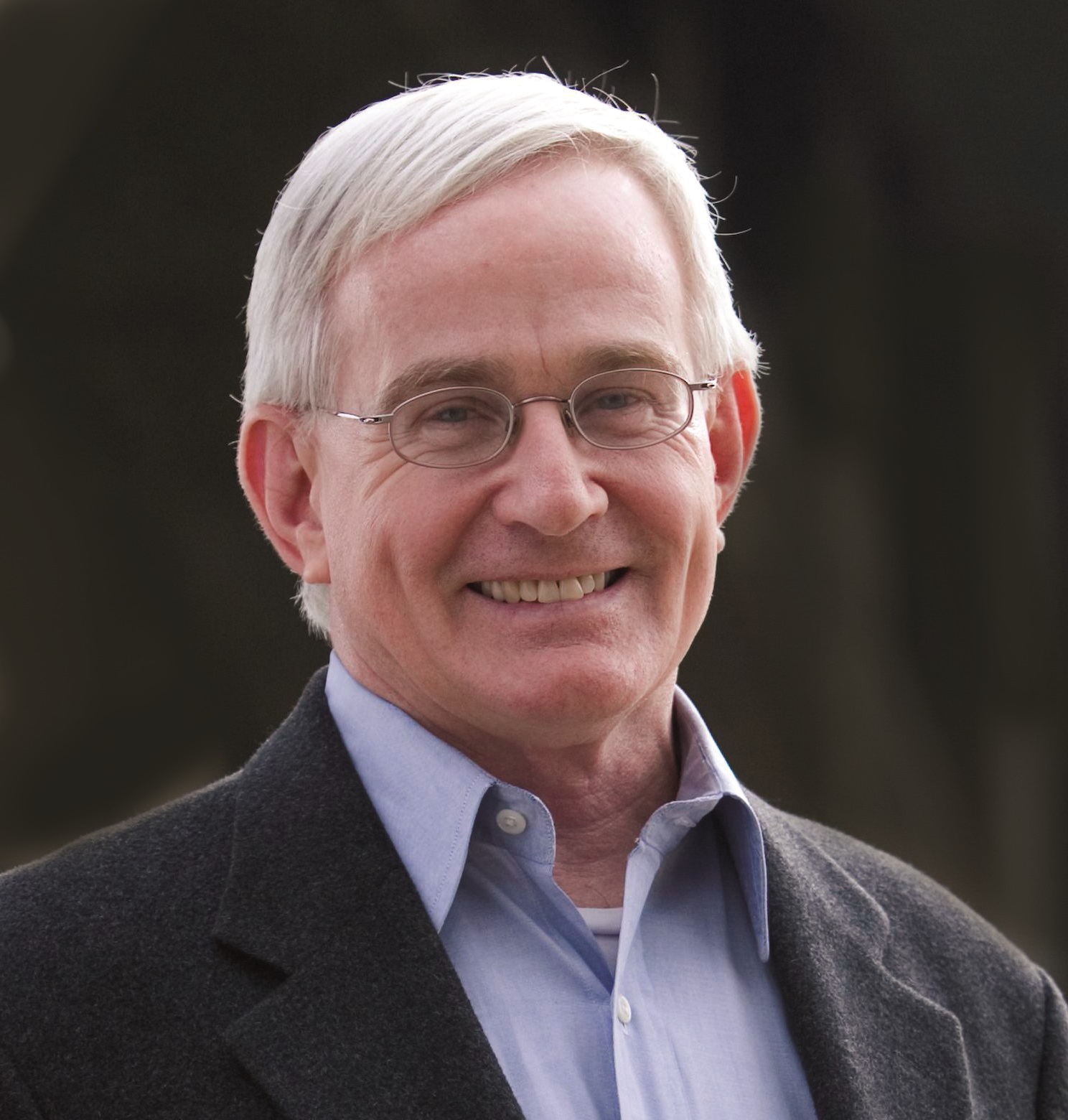By Nick Livingston, GOPC High School Intern Pipeline H2O, a water-based startup technology program located in Hamilton, Ohio, has just announced its first class of companies that are working on water infrastructure challenges. Pipeline H2O’s main objective is to acknowledge and advance the work of water technology companies improve water services and seek innovative strategies for reusing water, upgrading infrastructure, treating wastewater, and monitoring water quality. This timely news coincides with GOPC recently beginning the Implementation Phase of its Water Financing Project, providing recommendations on strengthening the long-term sustainability of water infrastructure in Ohio.
At the end of the selection process, Pipeline H2O chose eight startup companies to begin the program, including two companies from Ohio: kW river Hydroelctric from Hamilton, and Searen from Cincinnati. Companies that have been selected to participate in the Pipeline H2O program exhibit through their work many of the strategies that GOPC recommends in its recent report, Strengthening Ohio’s Water Infrastructure: Financing and Policy. For instance, WEL Enterprise’s system that treats and reclaims wastewater on one platform is a strong example of developing new technologies in order to save energy costs, which is a strategy GOPC recommends in its report.
GOPC‘s report also emphasizes the importance of asset management, which is the process of cost-effectively upgrading and maintaining assets. The companies selected for the Pipeline H20 program are efficient in maintaining resources and saving money while upgrading water quality, demonstrating sound asset management techniques. For instance, the Aquatech startup Searen has created a Vacuum Airlift, which replaces legacy hardware and consolidates pieces of equipment. In addition, GOPC’s call for public-private partnership to make projects more flexible and timely can be seen through Pipeline H2O’s partnership with government agencies such as the United States Environmental Protection Agency, the City of Hamilton, and the City of Cincinnati.
Go Here to access GOPC’s latest report Strengthening Ohio’s Water Infrastructure: Financing and Policy and Here for more on Pipeline H20’s inaugural class of water technology companies
Pipeline H20’s assessment was handled by a committee composed of water experts, including Greater Cincinnati Water Works, the Metropolitan Sewer District of Greater Cincinnati, City of Hamilton Water, Confluence, Butler County Groundwater Consortium, U.S. EPA, Hamilton Mill, Cintrifuse, Village Capital, and Queen City Angels. New and innovative ideas concerning water development will be introduced throughout the region from the selected companies, and the Pipeline H2O program will be set in action from February 2017 through May 2017.





